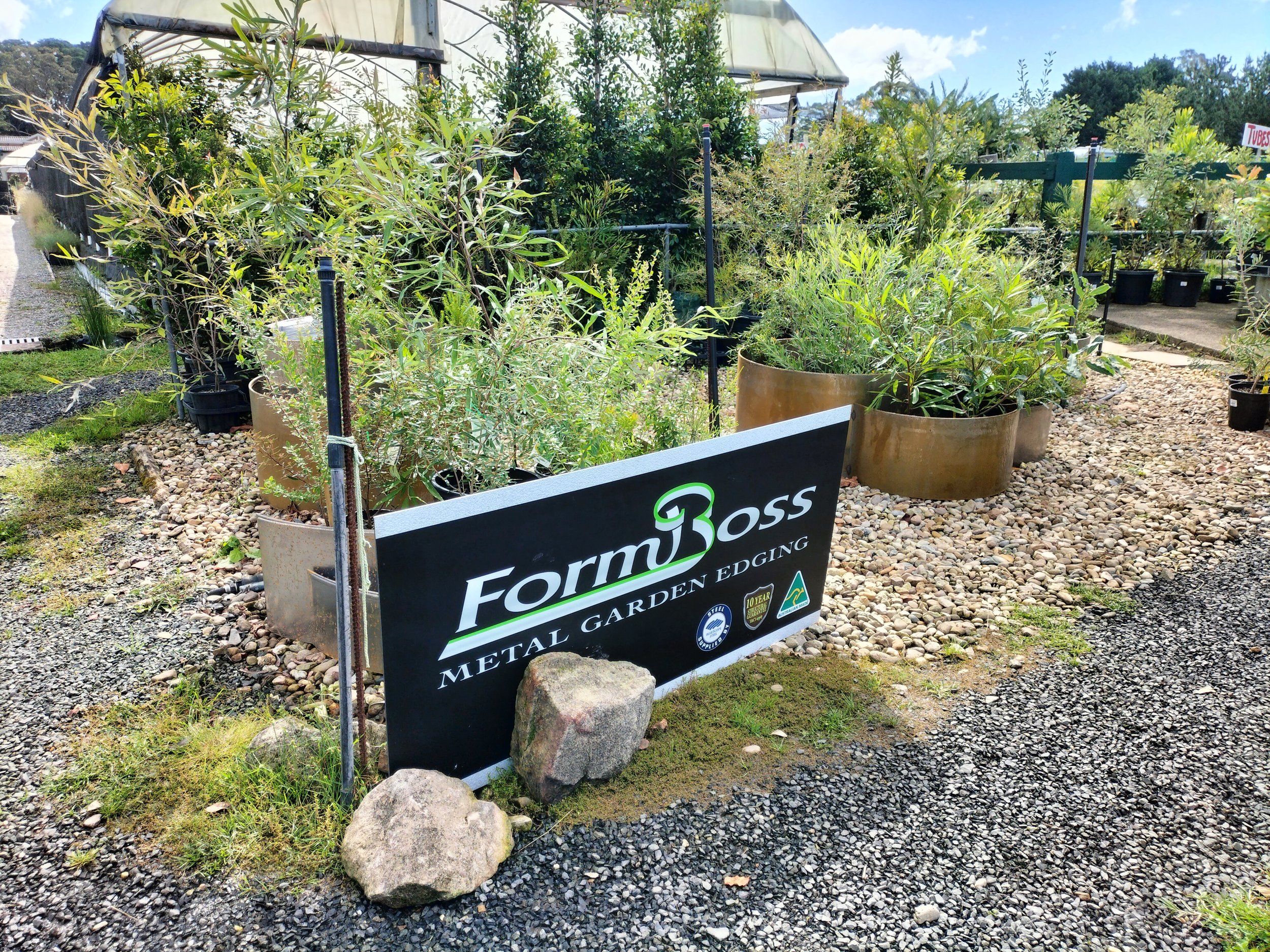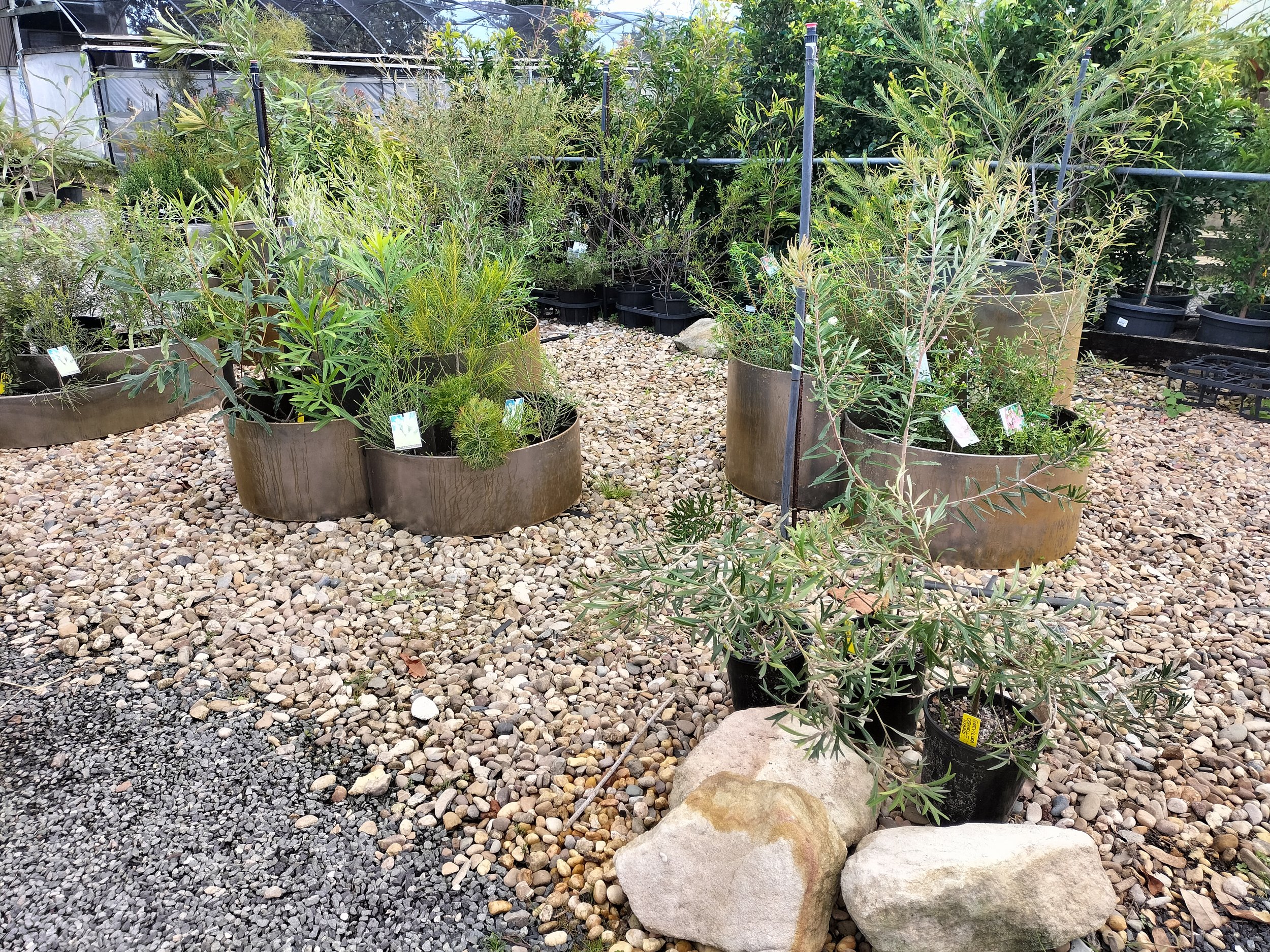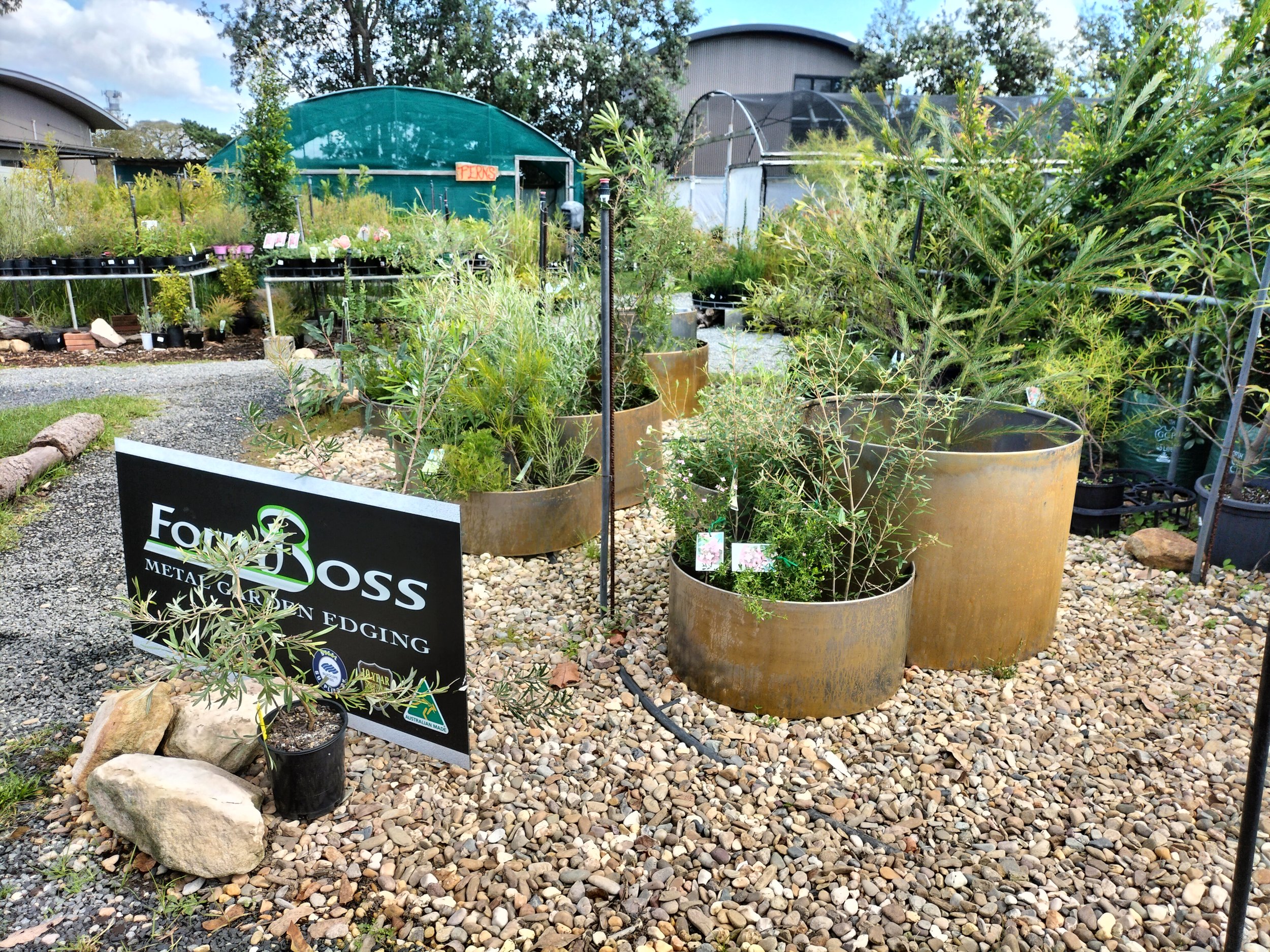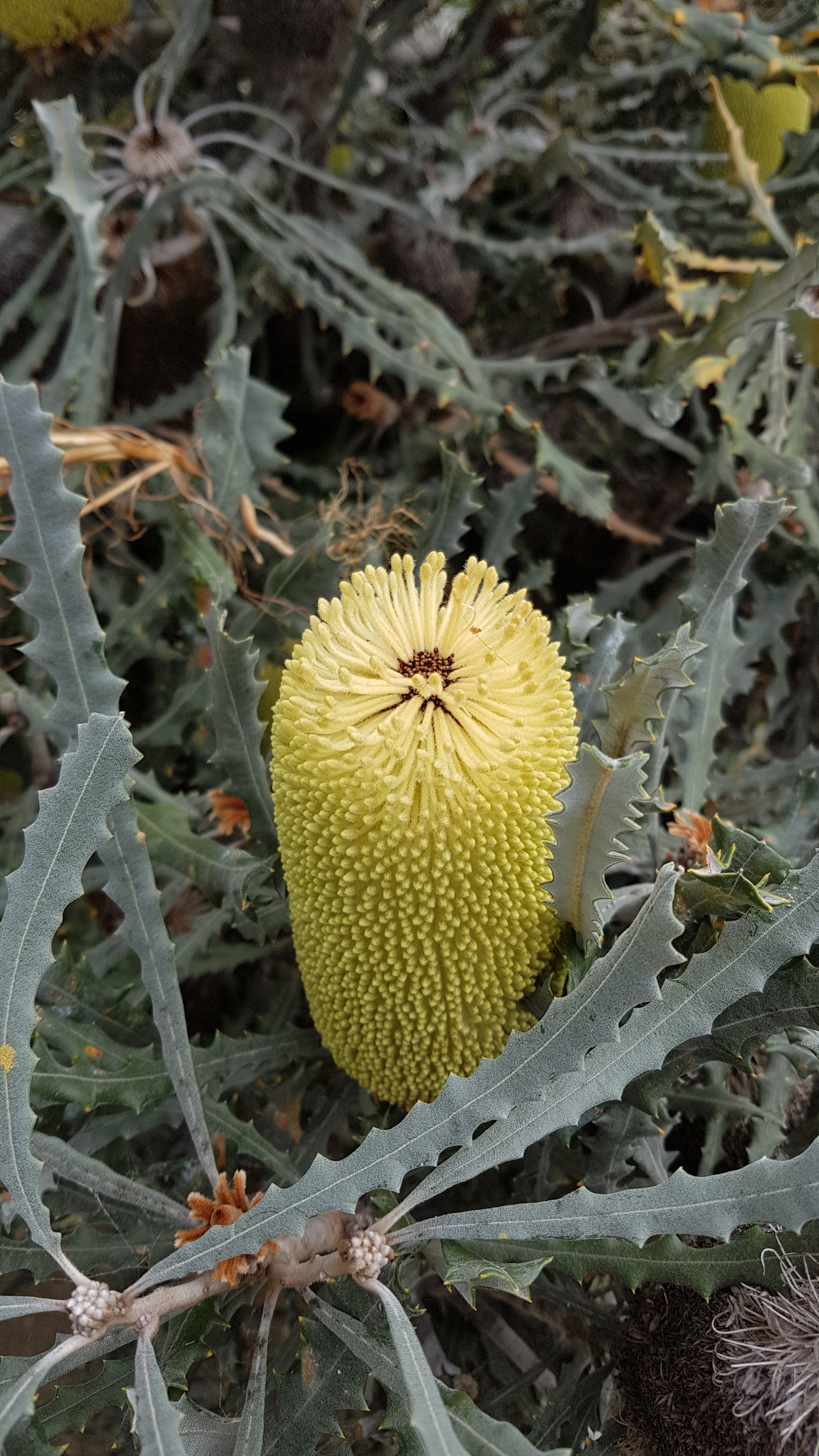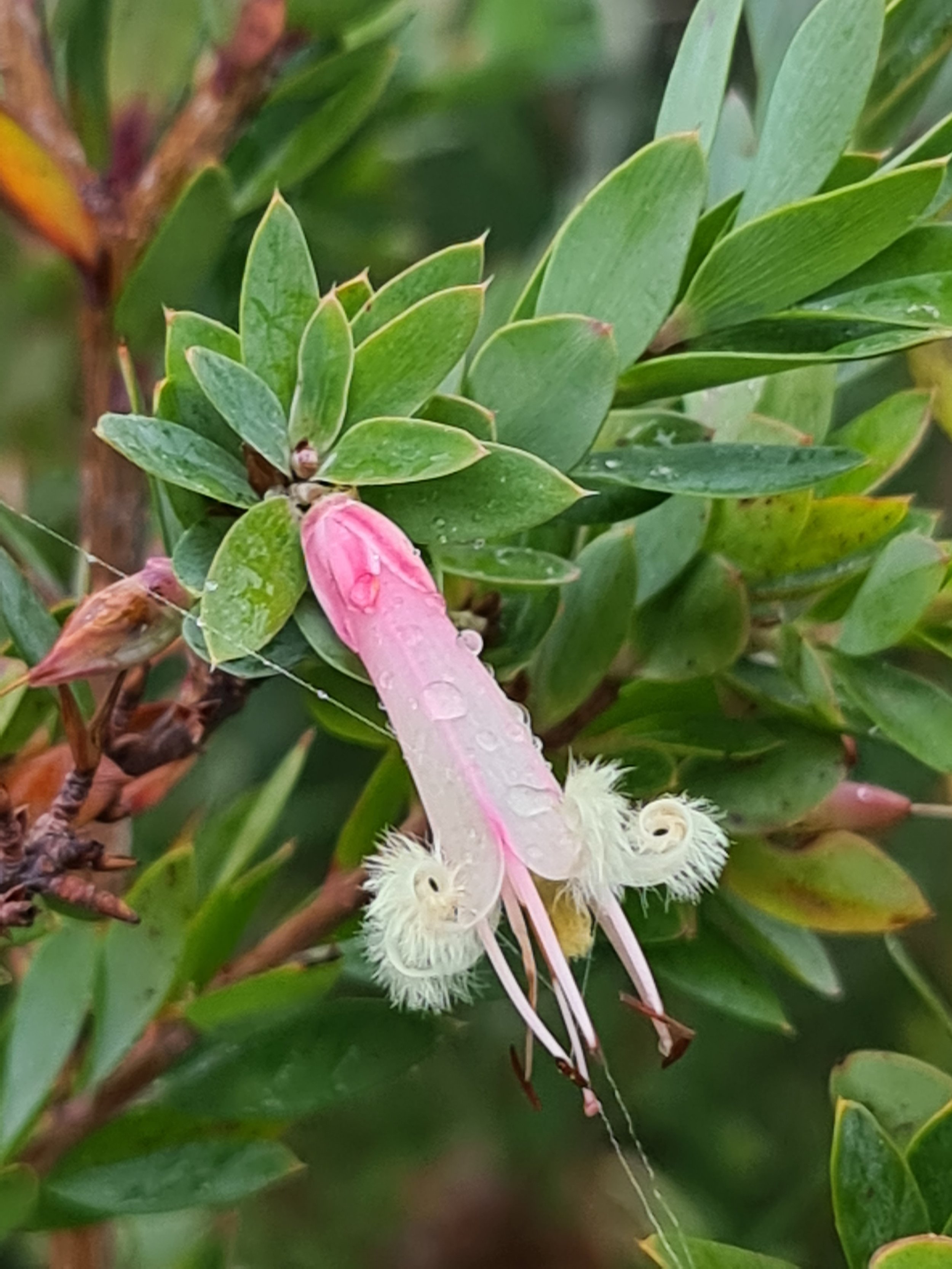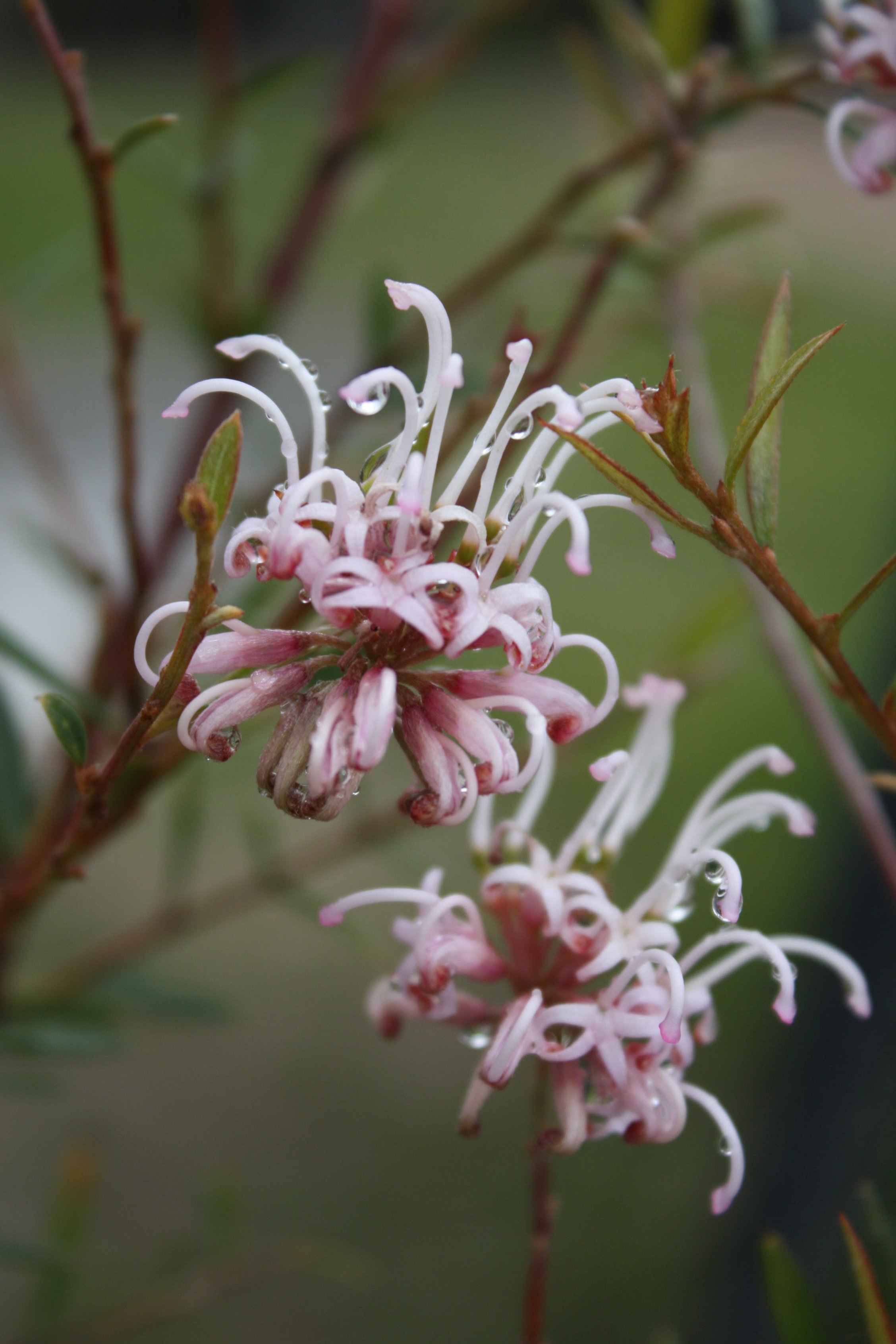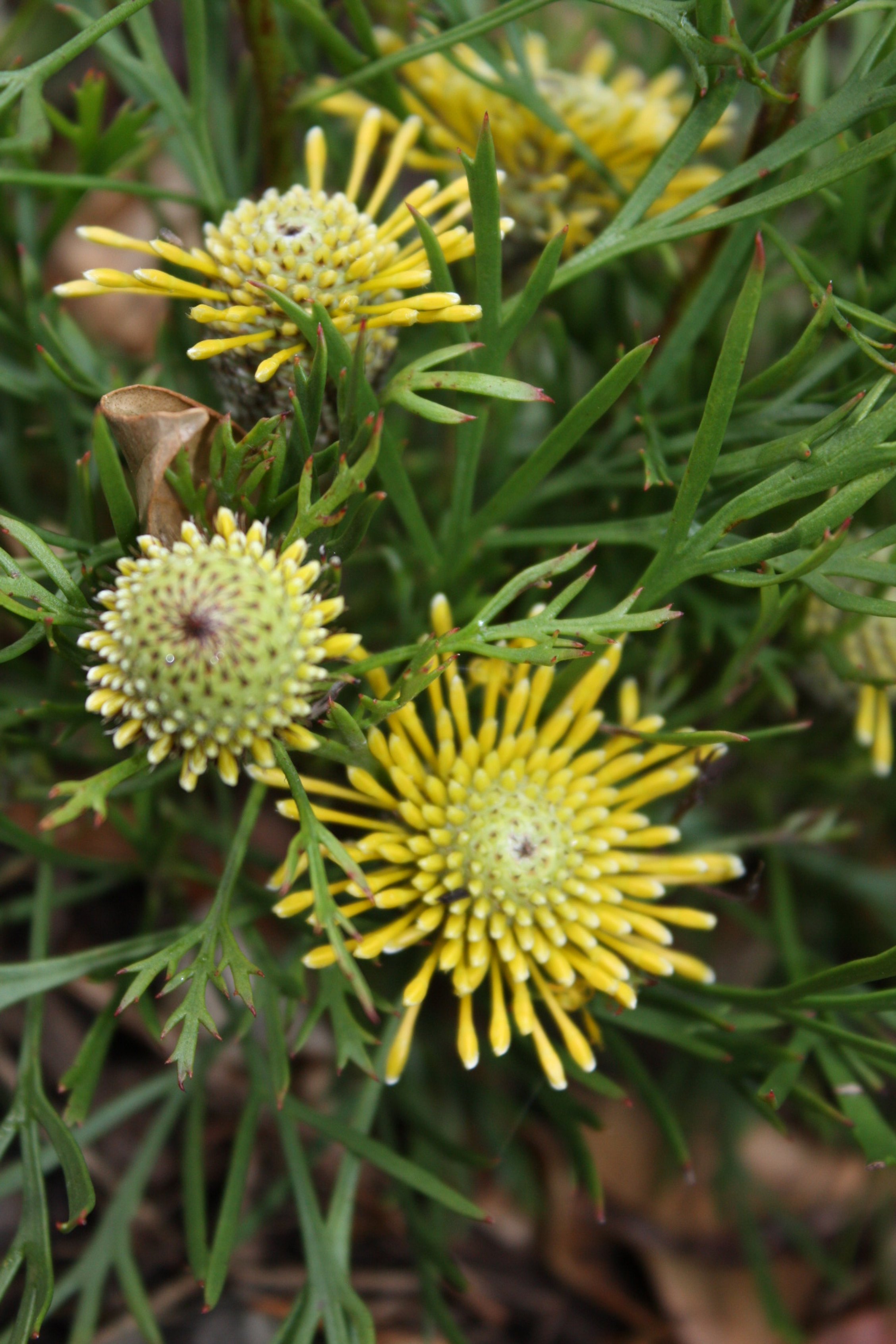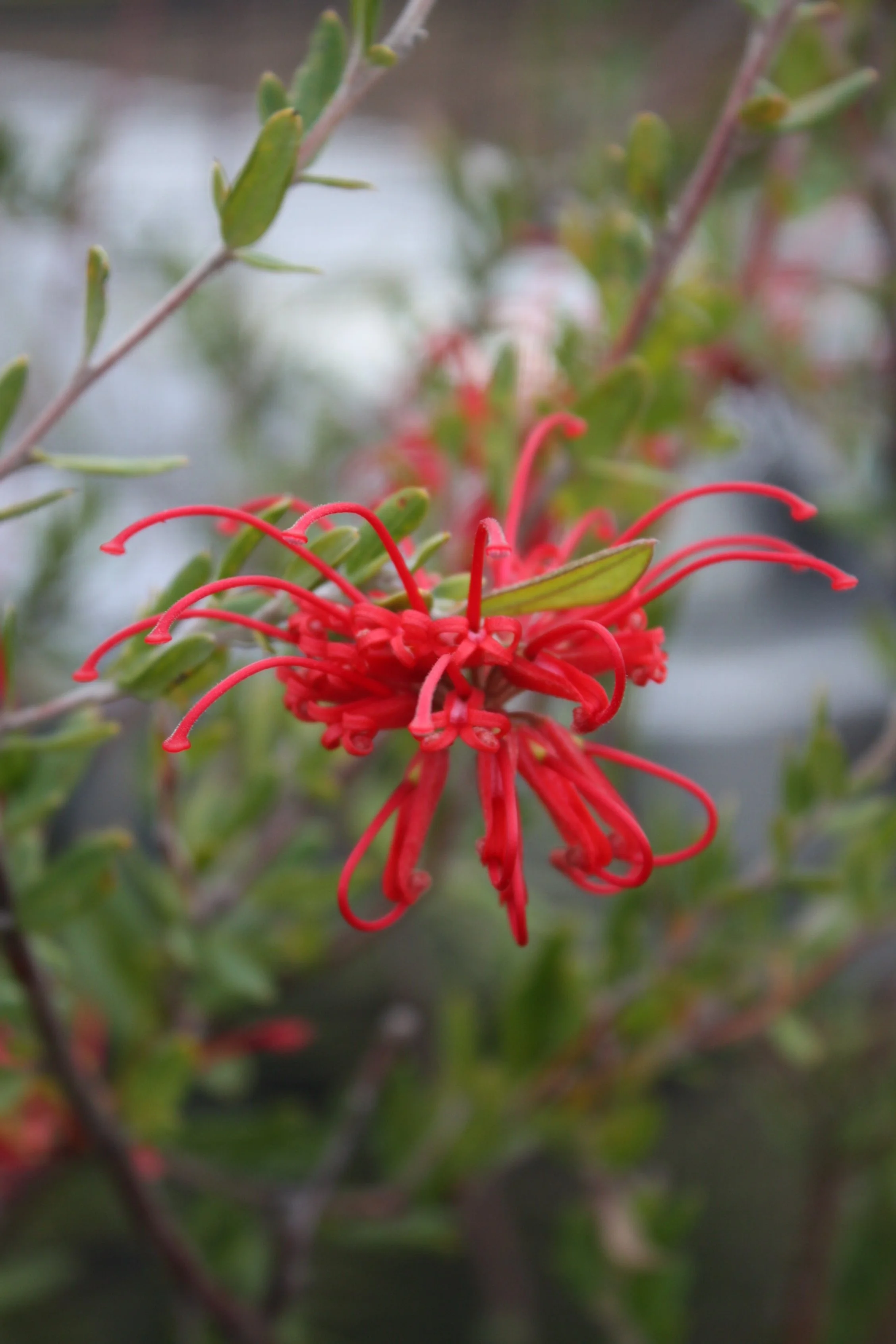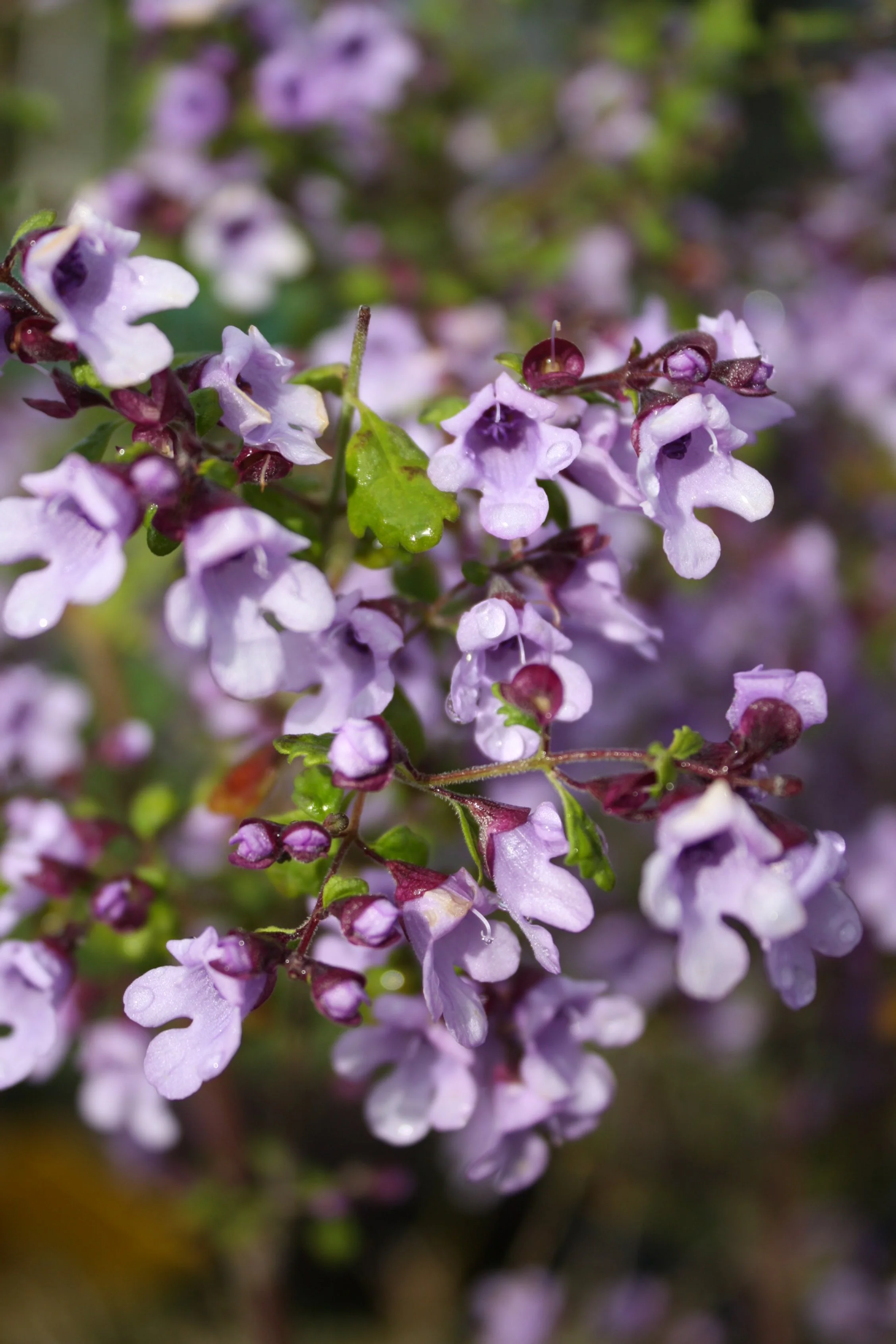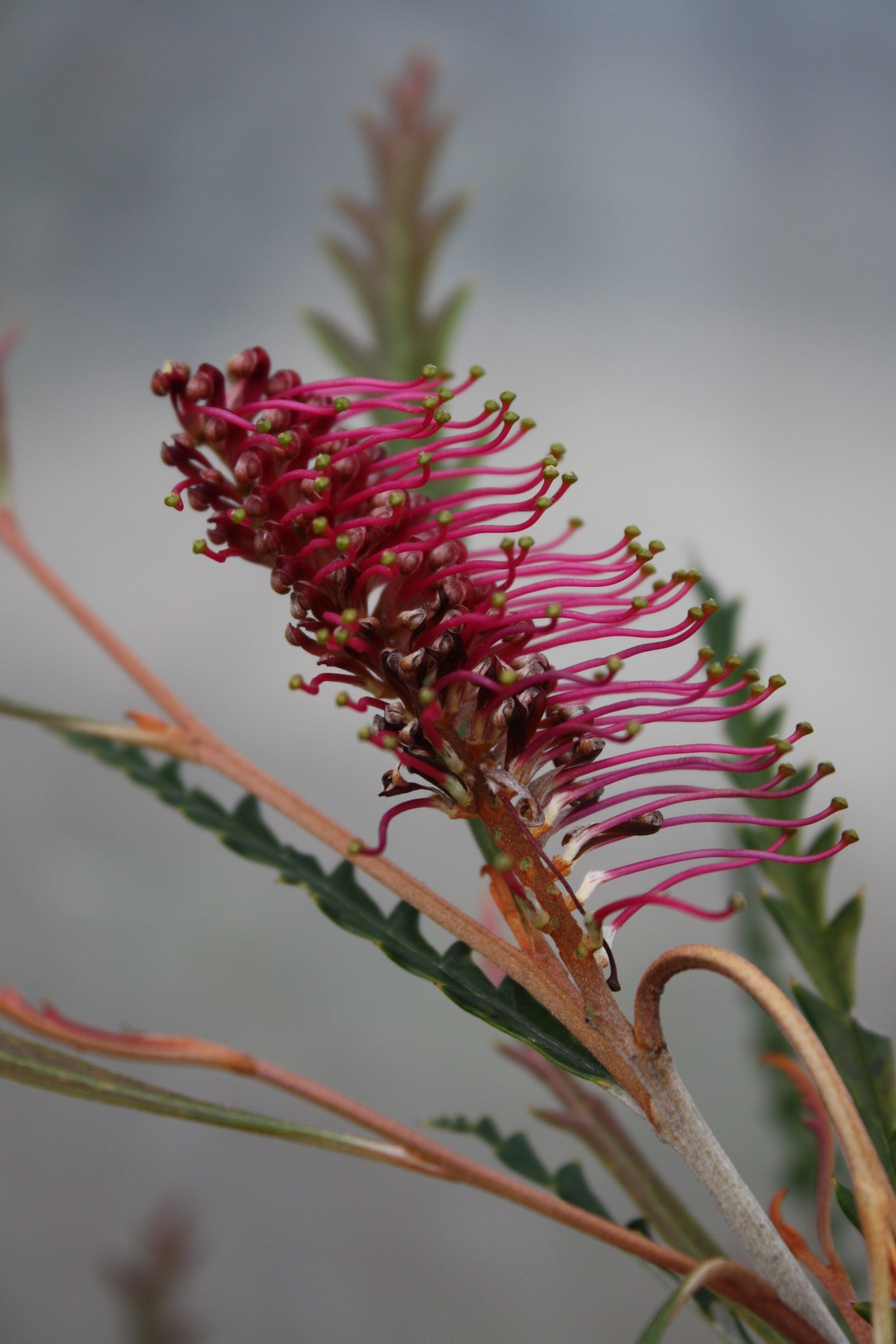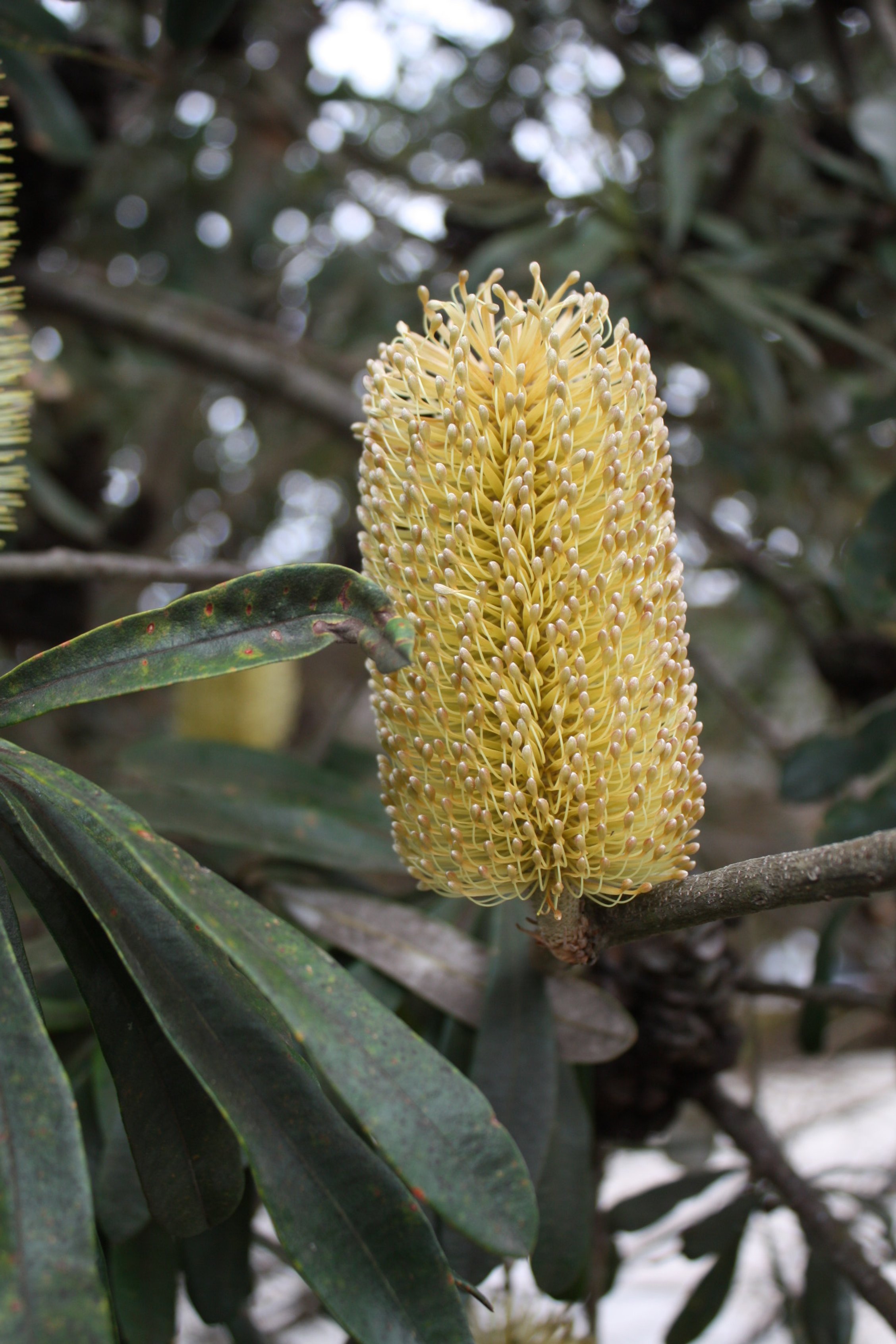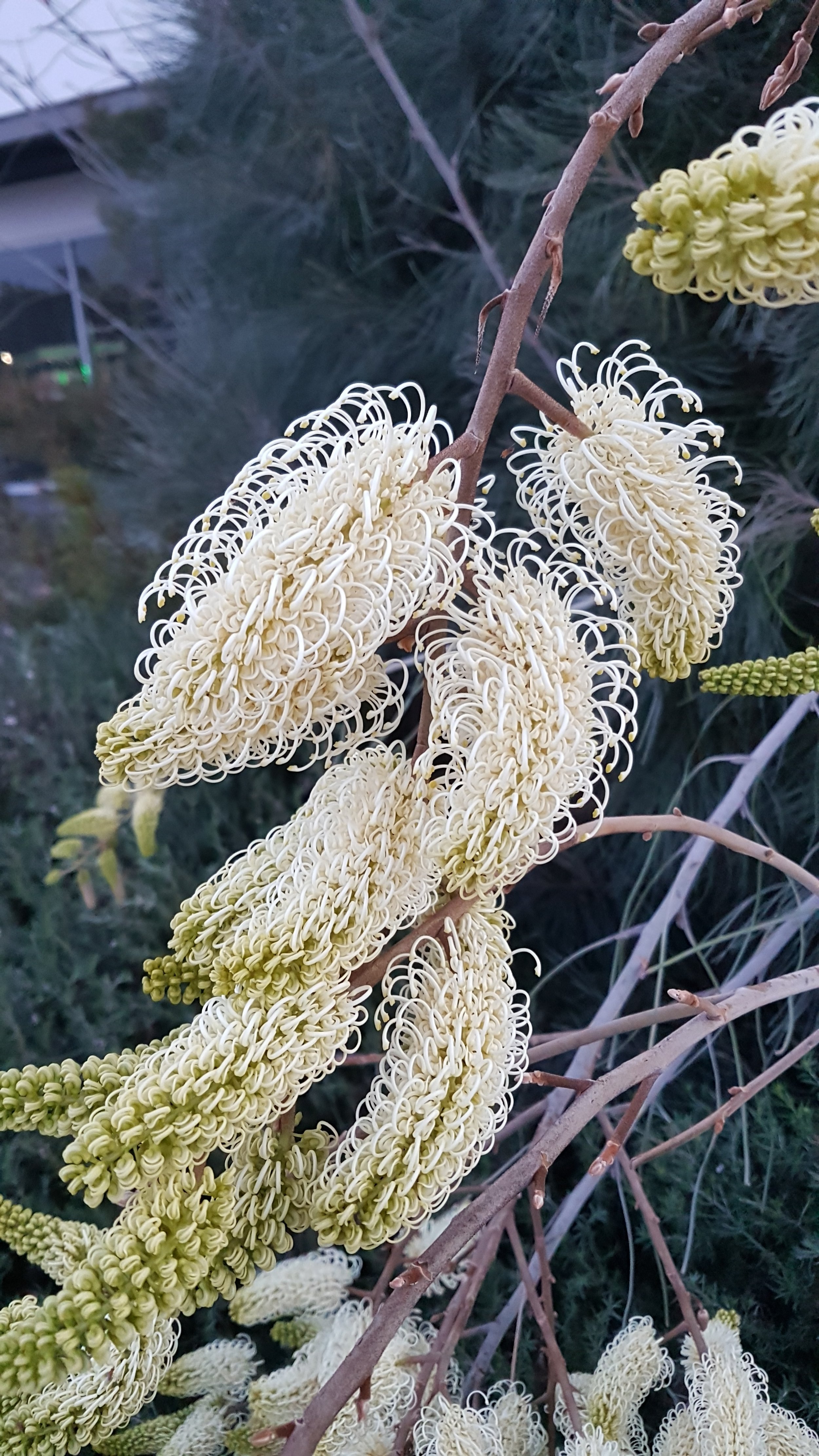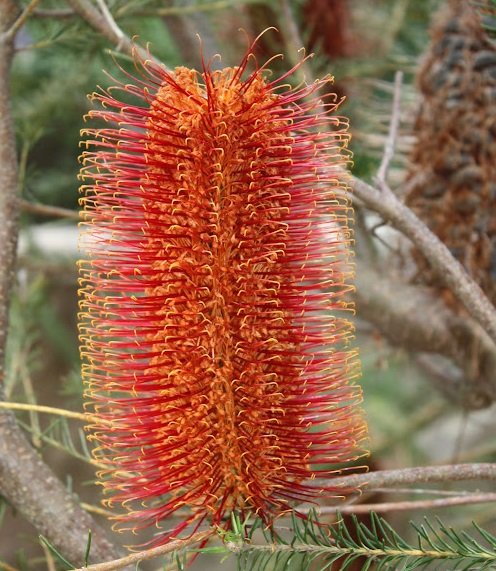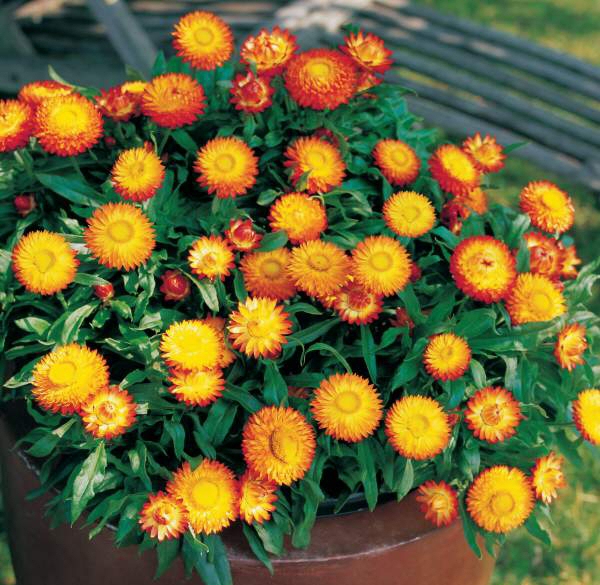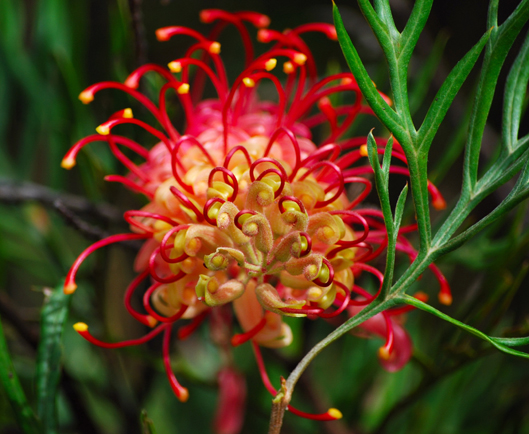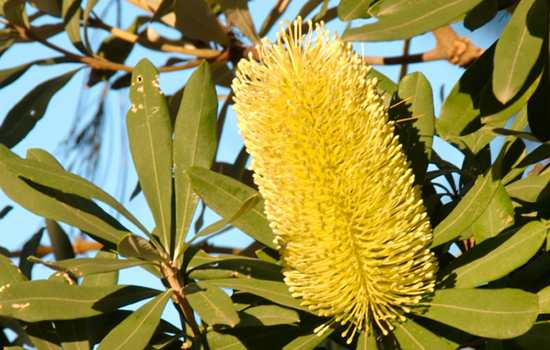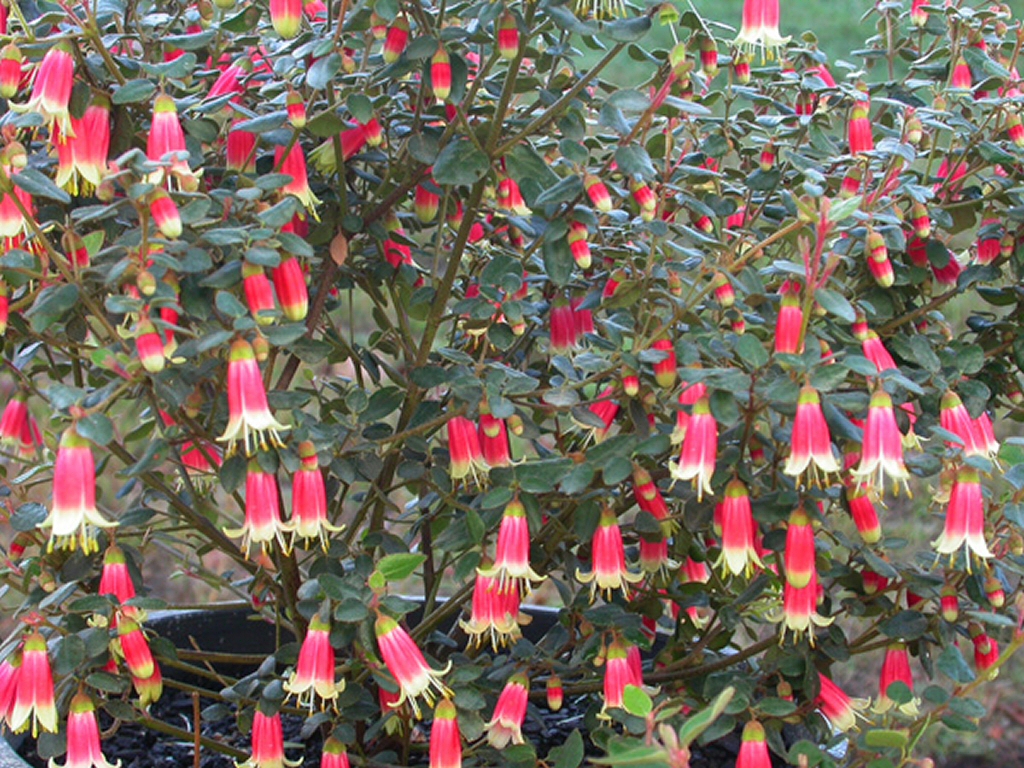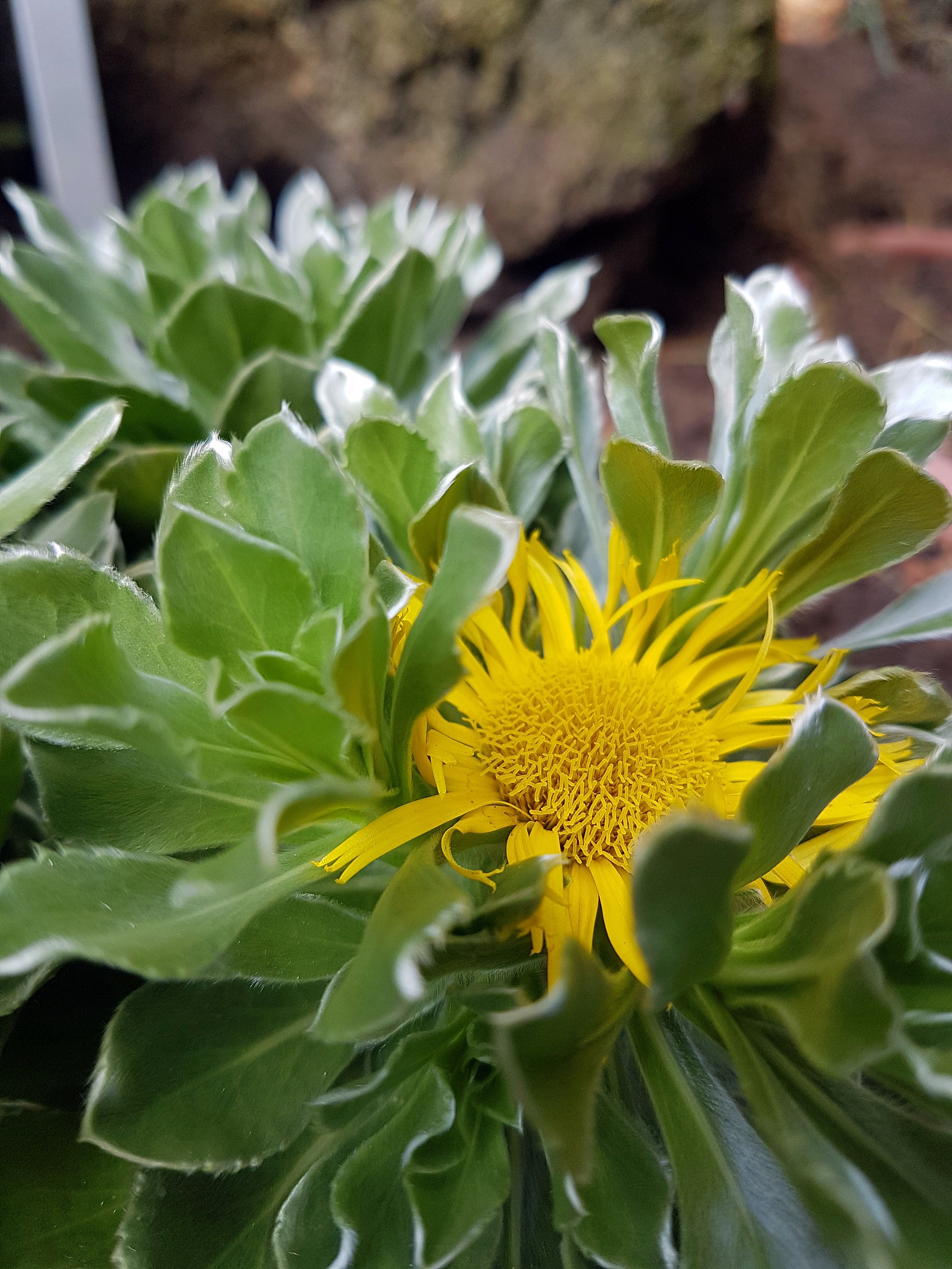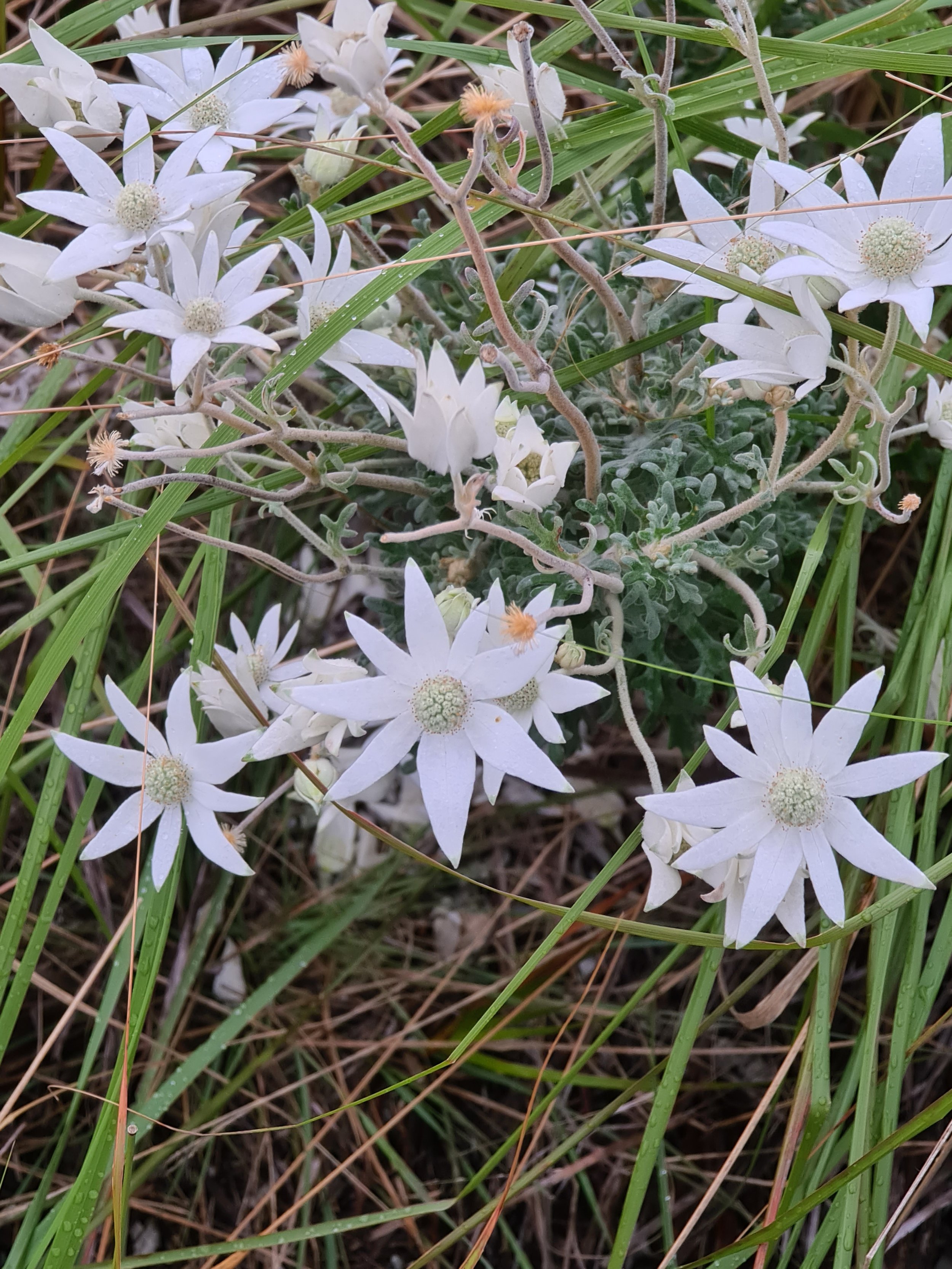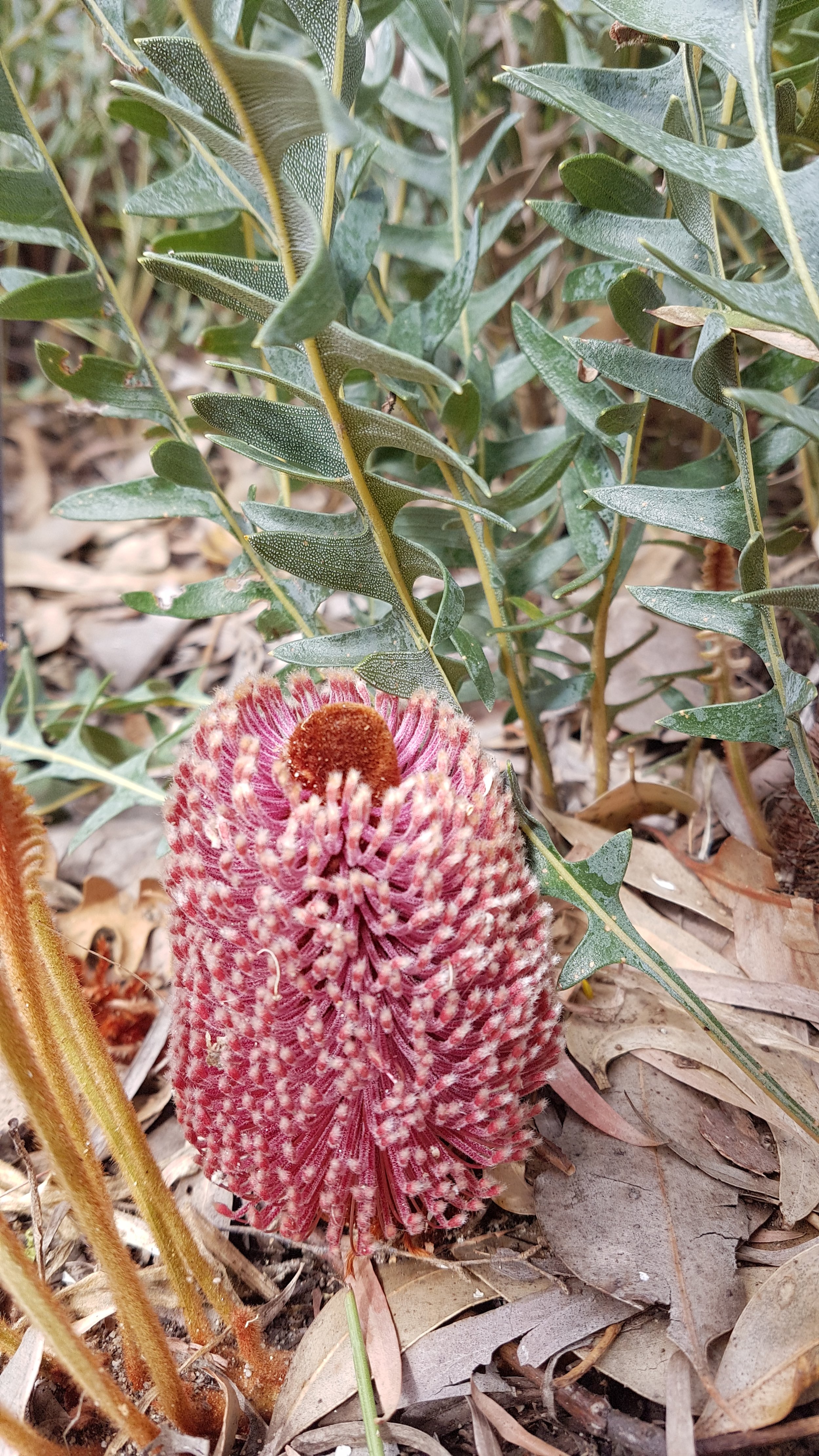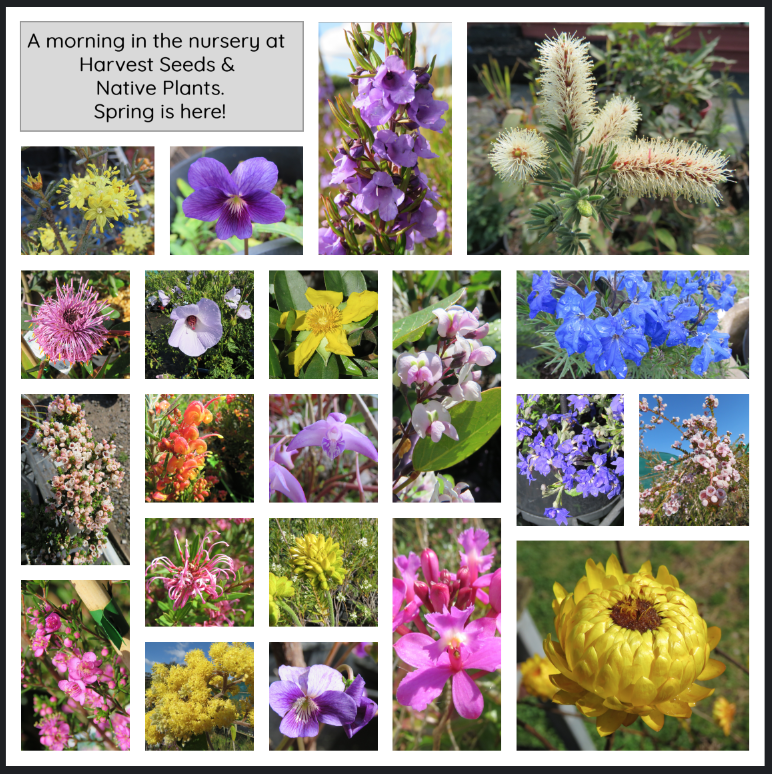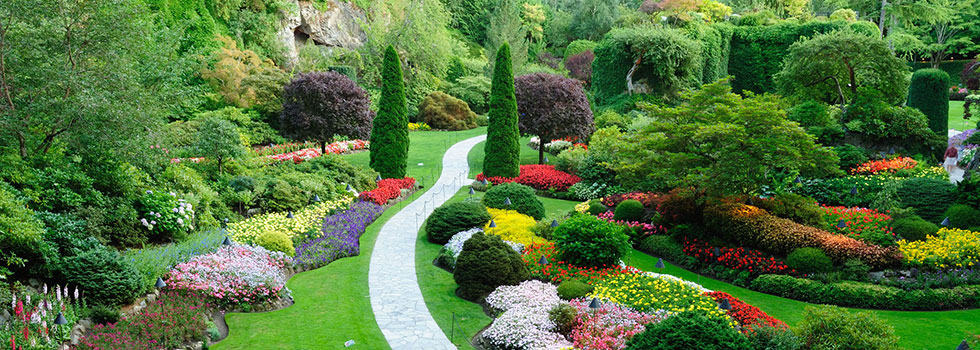WHAT'S NEW AT HARVEST
Harvest seeds and Native Plants (Harvest) is all about mutual respect and support for not only our industry colleagues but also our environment and our customers.
It is with this sentiment in mind that Harvest are proud to become your local stockist of FormBoss metal garden edging and planters. This company has an outstanding record for quality and superior service, standing by their products by providing 10 year warranties and guaranteeing 40 plus years of durability. Not only that - the product looks GREAT!!!!
Check out this website which has useful links to installation, creative use of your space and much more. https://www.formboss.com.au. Be sure to check out their Gallery to discover a myriad of possibilities you can adopt to make your garden appealing, funky and just all round fun to be in.
You can call into Harvest 7 days a week to view what is on display and to flick through our catalogue or pick up a Price Brochure to take home and plan your order in peace.
Please note: Due to space limitations we cannot possibly stock all Formboss products especially some of the large 3 tiered planters, however we are happy to take your particular order and estimate a time of availability for you. We are also happy to deliver to your home should the order be too cumbersome for you to collect by convential means!

